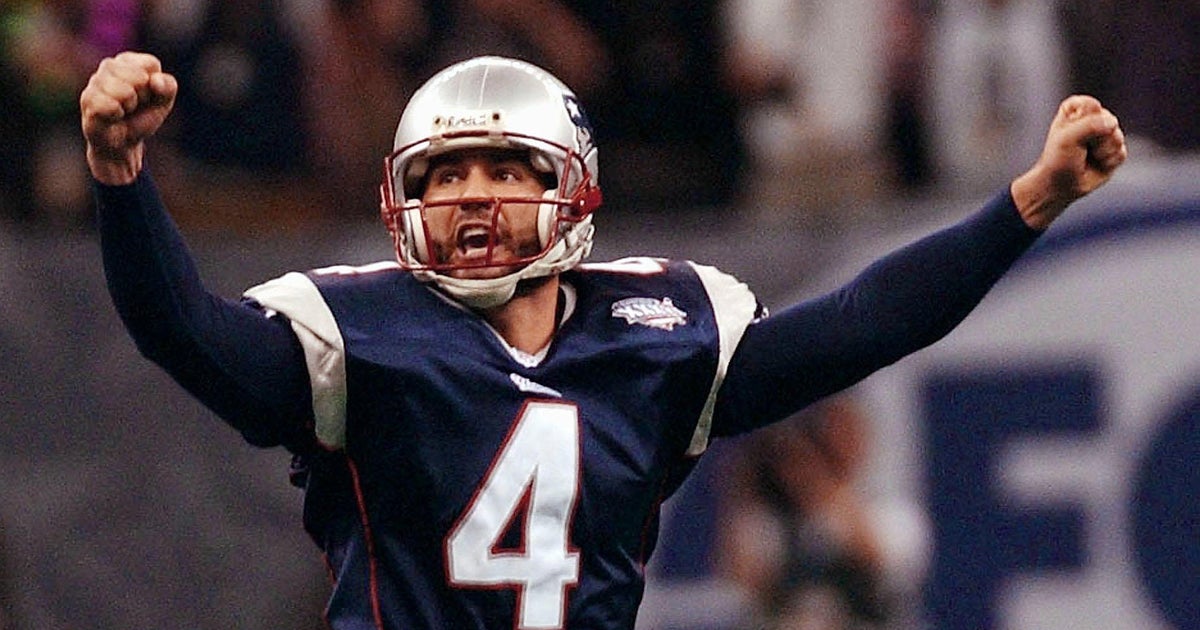Mazz: Super Bowl LI Could Be Decided In The Red Zone
HOUSTON – Super Bowl week begins in earnest this week, but the game already has been dissected and analyzed six ways to Sunday.
Nonetheless, here's something to consider: Whichever team can run the ball better in the red zone may ultimately prove victorious, and the Patriots have an advantage in this area.
During the regular season, the Patriots allowed just six rushing touchdowns – fewest in the NFL. Against the Pittsburgh Steelers in the AFC Championship game, one could certainly argue the game took a decisive turn after Patriots safety Patrick Chung tackled Steelers tight end Jesse James at the 1-yard line late in the second quarter. The Pats held a 17-6 lead at the time, but Pittsburgh was also due to receive the second-half kickoff. The Patriots then thwarted the Steelers on two running plays, forcing the Steelers into a third-down pass. Pittsburgh quarterback Ben Roethlisberger threw incomplete and the Steelers settled for a field goal to make it 17-9.
The Steelers never got closer.
And the defensive stand started with Pittsburgh's inability to stuff the ball into the end zone on the ground.
This season, despite a prolific passing year from quarterback Matt Ryan, the Falcons rushed for 20 touchdowns, tied for third-most in the league. The Patriots, also a passing team, were fifth with 19. With space limited, in the red zone, many quarterbacks see a drop in efficiency. Even Tom Brady, for example, sees his completion percentage go down from 68 percent (above average) outside the 10-yard line to 60 percent (below average) when inside the 10.
And the numbers are worse for Matt Ryan.
Though Ryan officially threw just one red-zone interception this year – he had a second, unofficial attempt returned for a score on a two-point conversion attempt against Kansas City in Week 13, Atlanta's last loss – he was flustered more inside the red zone than outside. Before entering the red area, Ryan completed a whopping 72.3 percent of his passes – better than even Brady. But once the field shrunk, his number dropped to a far more mortal 60.1 percent.
In the same Kansas City game, Atlanta saw three drives end deep in Kansas City territory without the benefit of a touchdown. Two produced field goals, one a turnover on downs.
The common denominator on all three?
The Falcons couldn't run the ball into the end zone.



